Autumn is not just "the season of mists and mellow fruitfulness", it is also a great time of year to visit the countryside in search of wildlife or explore the nature on your doorstep.
As the temperature drops and leaves begin to turn from green to a rich shades of orange and red and fall from the trees, it is a magical time to spot British wildlife as some of the greatest wildlife spectacles can be spotted during the autumn months.
From identifying hedgerow species to making a colourful collage of your natural finds, here is our selection of the best nature activities to do in the autumn.
Guess the age of a hedgerow and see what species you can identify
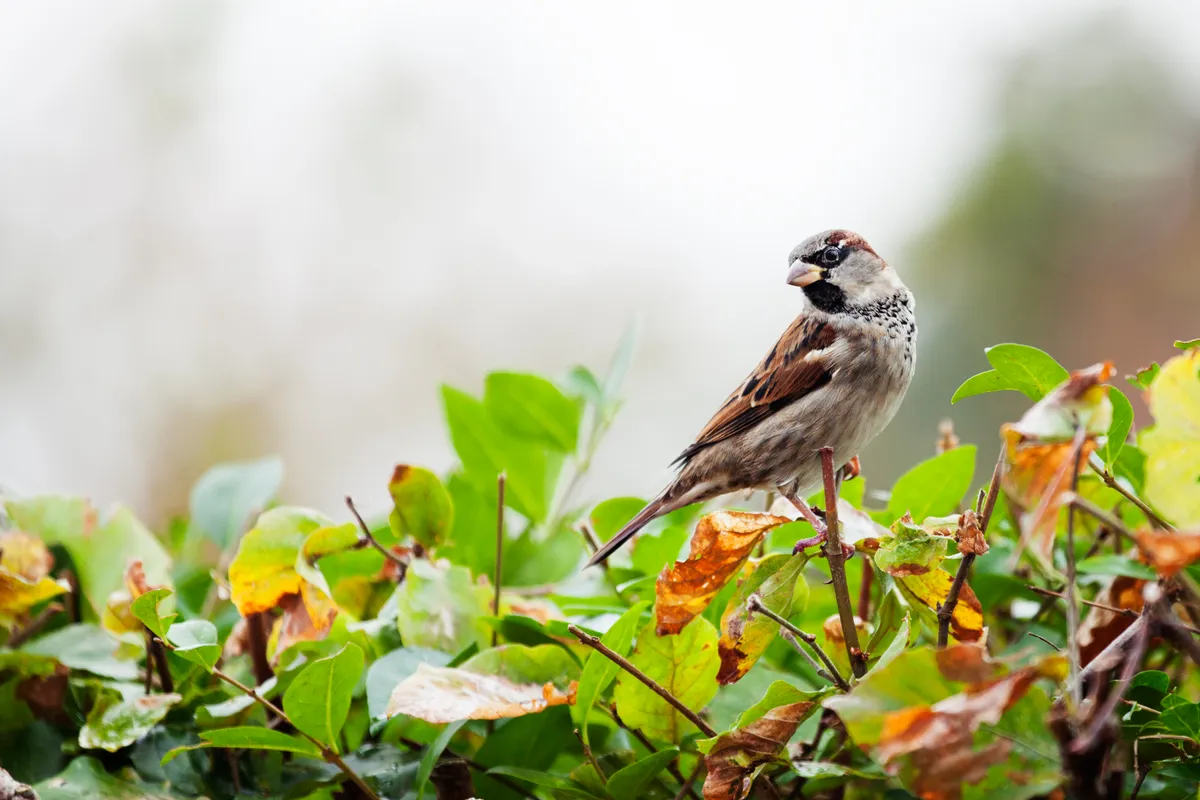
For a rough-and-ready guesstimate, count the number of woody species (trees and shrubs, but not climbers such as bramble or honeysuckle) in a 30m stretch of your chosen hedge. Add a century for each one – so if you find four species, it is about 400 years old.
See countryfile.com's guide on how to identify hedgerow species
Learn how to identify autumn seeds
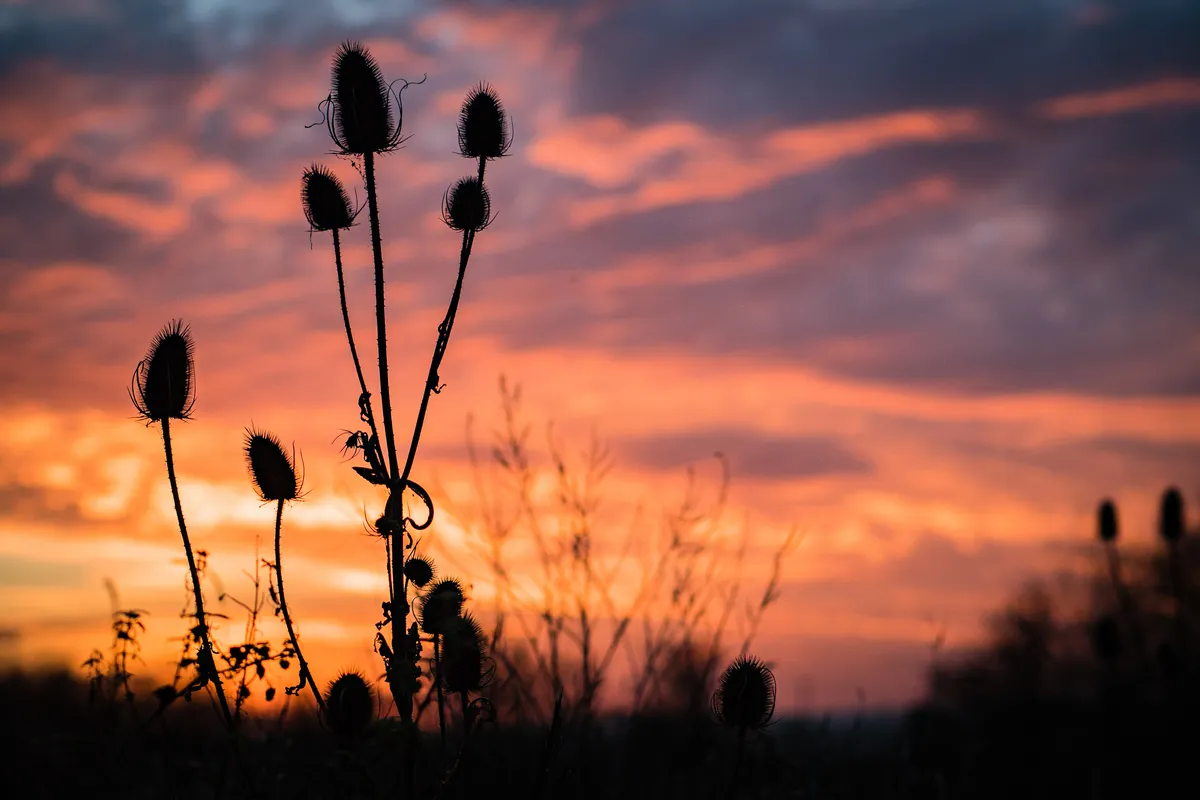
Many late-summer flowers are now in seed. We have illustrated 12 distinctive species to look for this autumn.
See our guide to identifying seeds in autumn
Watch skeins of whiffling geese

Skeins of geese flying overhead never fail to warm the cockles. Three of the biggest gatherings are the pink-foots of North Norfolk and Lancashire, brents on the south coast and barnacles in Scotland. Whiffling? That’s when geese tumble out of the sky, tipping from side to side.
Learn to sketch a bird or mammal

Picking up pencil or paintbrush isn’t just an exercise in art. By drawing a species that you thought you knew well, you’ll have your eyes opened to new aspects of its anatomy and movement. Whether doodle or daub, your sketch will help you to truly see that creature.
See how to draw feathers with countryfile.com
Grow saplings from tree seeds
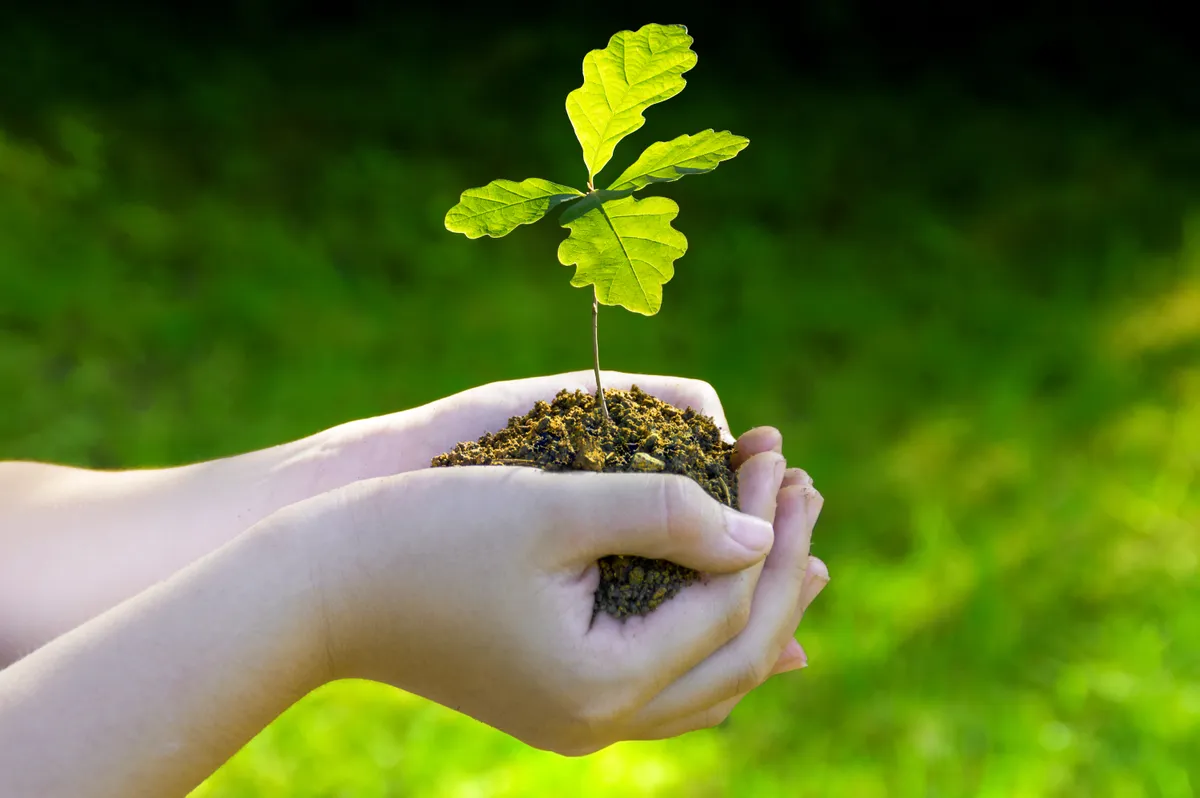
Collect your seeds from under trees – acorns, hazelnuts, beech mast and wild cherry stones all work well. Sow them in yogurt pots filled with a mix of potting compost and sand, then store in a garage or shed until spring.
Test your tree knowledge with this fun quiz
Indulge in some fungi fun
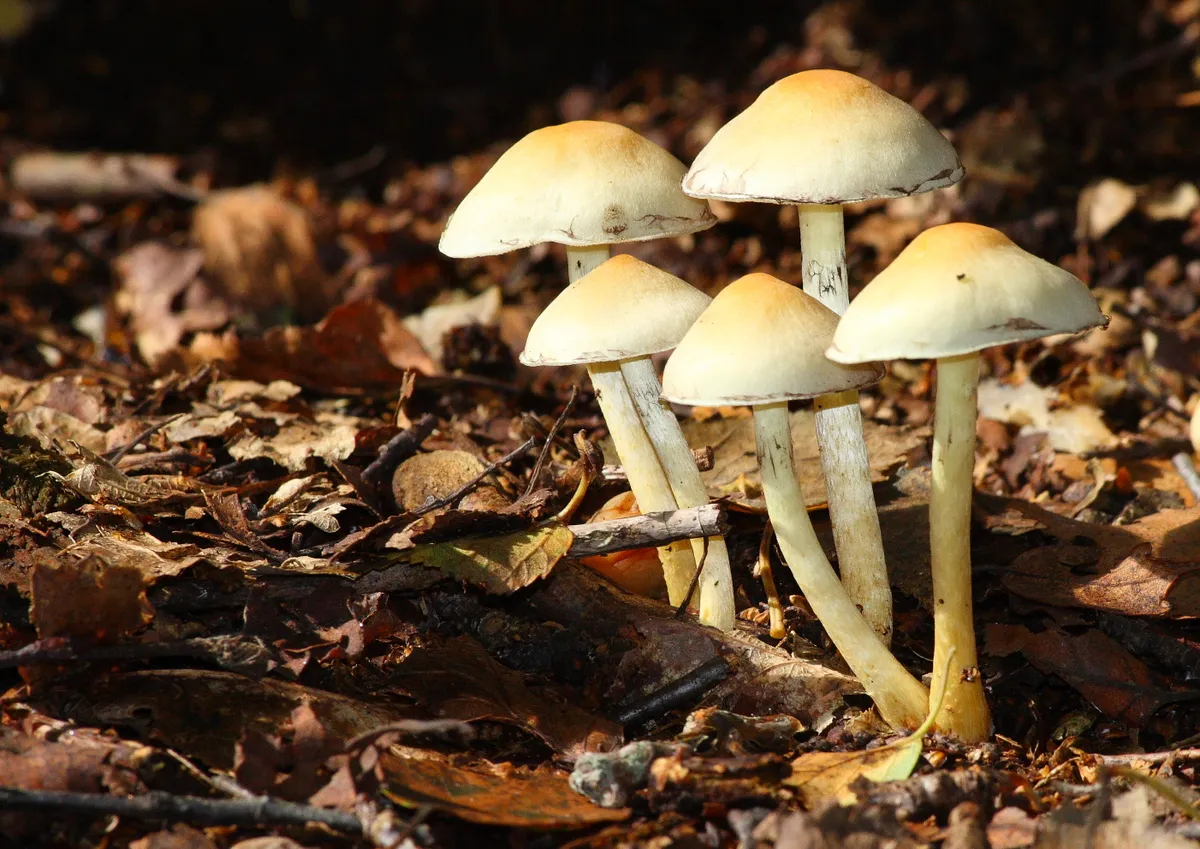
Here are three surefire ways to enjoy autumnal fungi: join a foray; make a spore print on white paper; and inspect a toadstool with a hand lens. Wear gloves if you feel nervous and don't pick any species if you can't safely identify it as safe to do so.
Learn how to identify British fungi in our handy guide
Help your garden birds

A birdfeeder is one of the easiest ways to enjoy and help our wild garden birds through the autumn and winter months. Why not get someone else – an elderly friend or relative, perhaps – hooked as well, by installing a feeder for them? Make sure it is easily visible from a window.
See how to make your garden wildlife-friendly
Clean up a beach

The Great British Beach Clean might be restricted to smaller groups this year as we continue with coronavirus restrictions, but there is still plenty that can be done safely. Plastic debris can harm many animals, from whales to langoustines to turtles, so is a serious issue. Join an established event, or ‘adopt’ a beach as an organiser. Find out more at mcsuk.org/beachwatch/greatbritishbeachclean
Learn new birdsongs
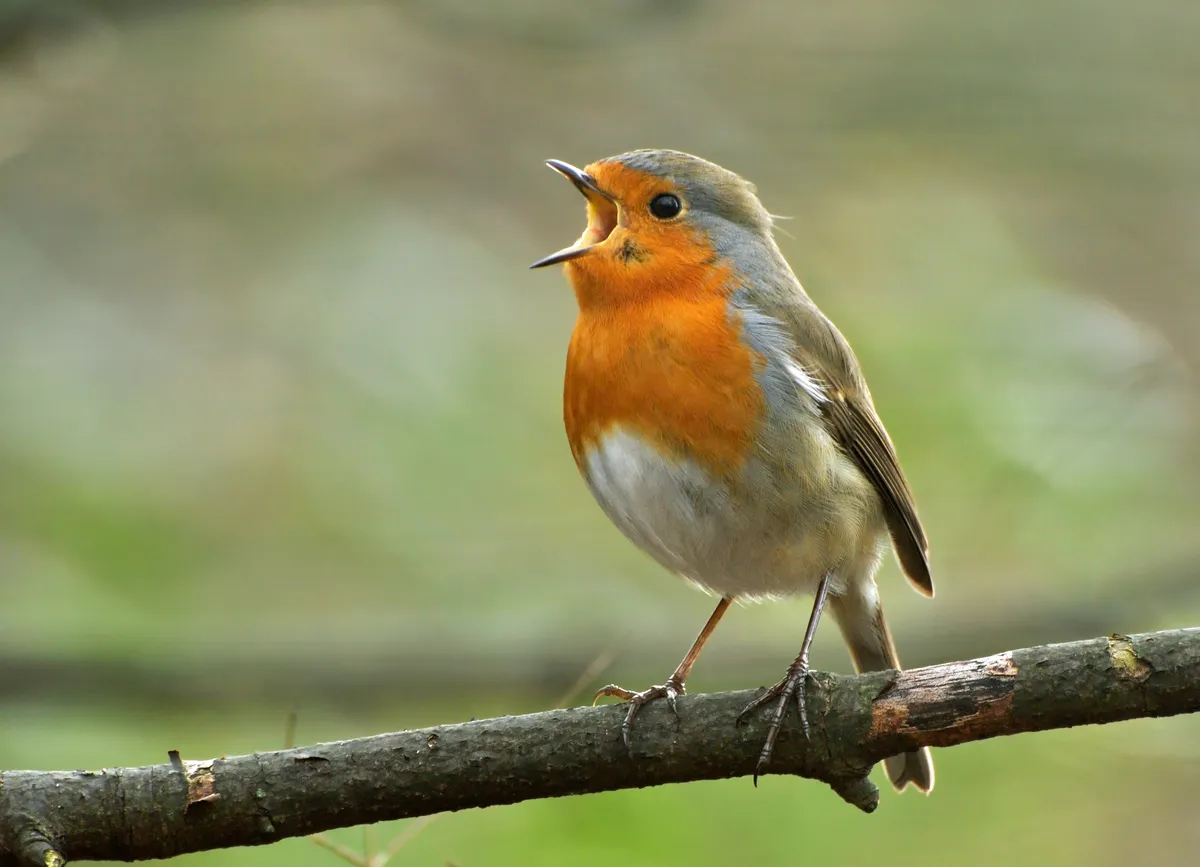
Birdsong can be so frustrating… was that a blackbird or a thrush, a collared dove or a woodpigeon? Perhaps you want the challenge of separating garden warblers from blackcaps?
Find birdsong tips from bird expert David Lindo
Make a collage from natural finds
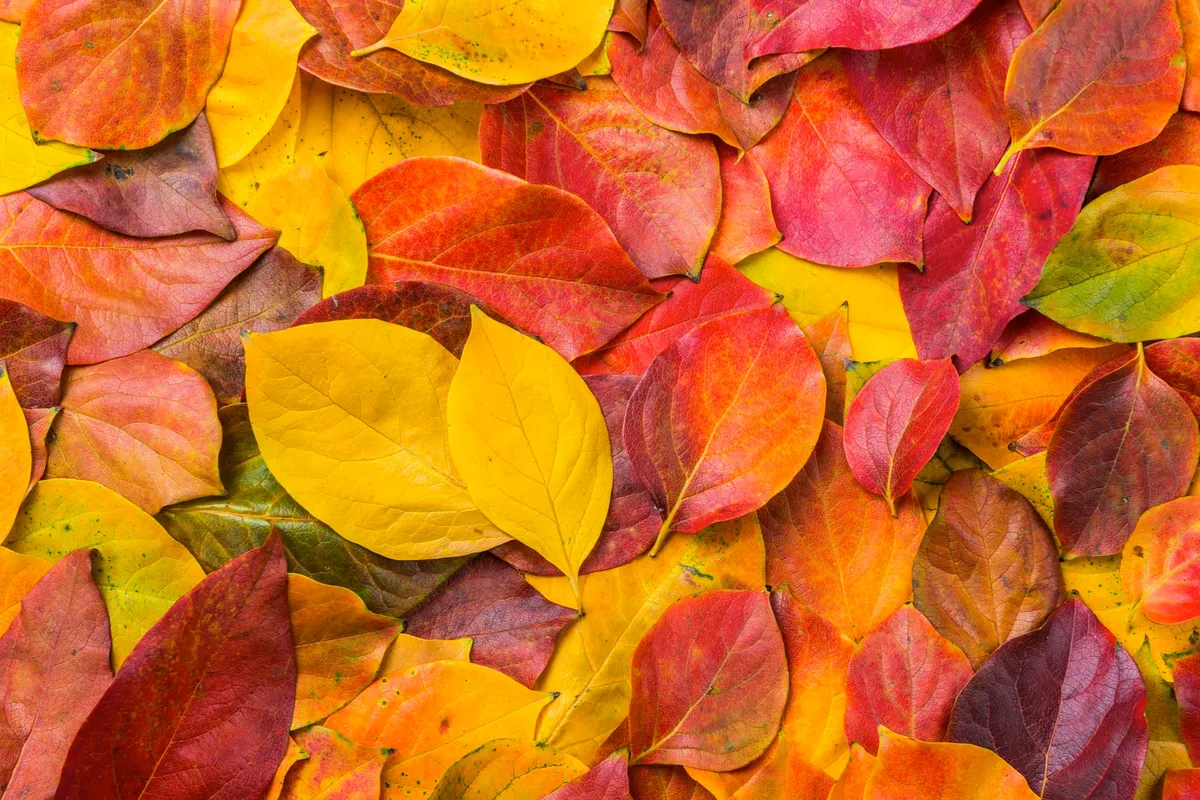
Next time you go for a ramble, collect natural objects to create a landscape when you get home. Bark makes a good stand-in for ploughed fields or the sky, leaves and twigs serve as trees, lichen is a perfect substitute for bushes, gravel looks like a scree slope, and so on.
Train to be a nature detective
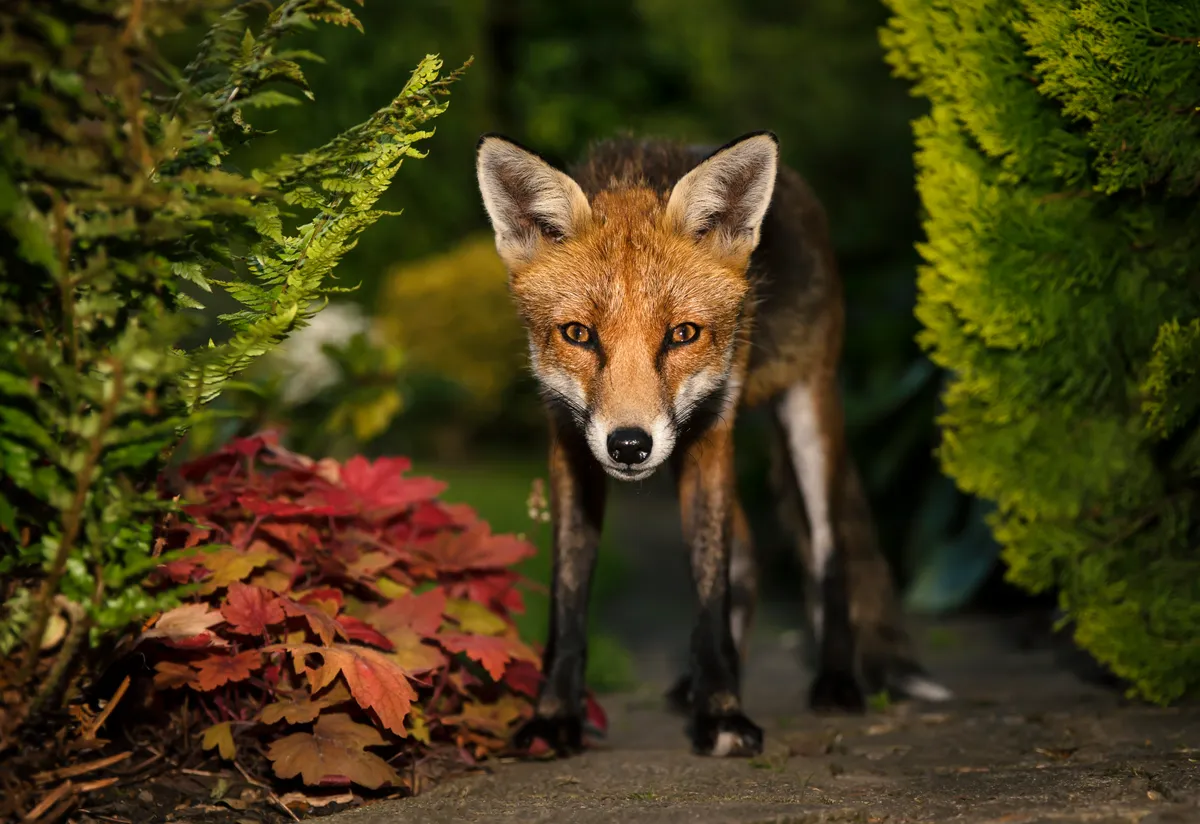
Who’s been digging up your lawn? Whose footprints are those? Animals leave signs of their comings and goings just about everywhere and interpreting these clues is hugely satisfying.